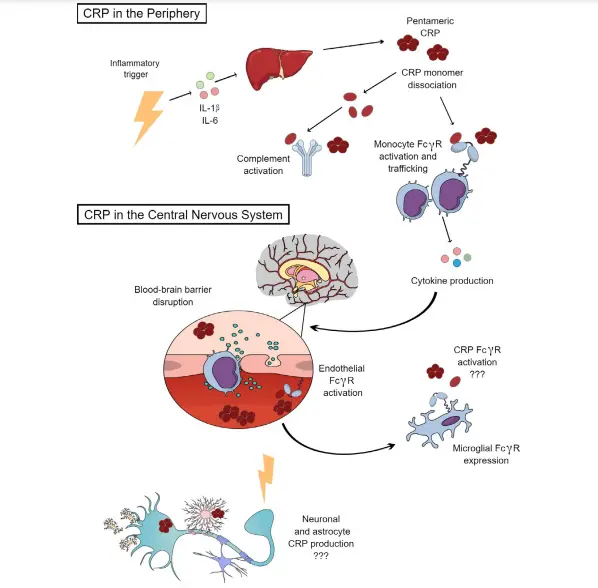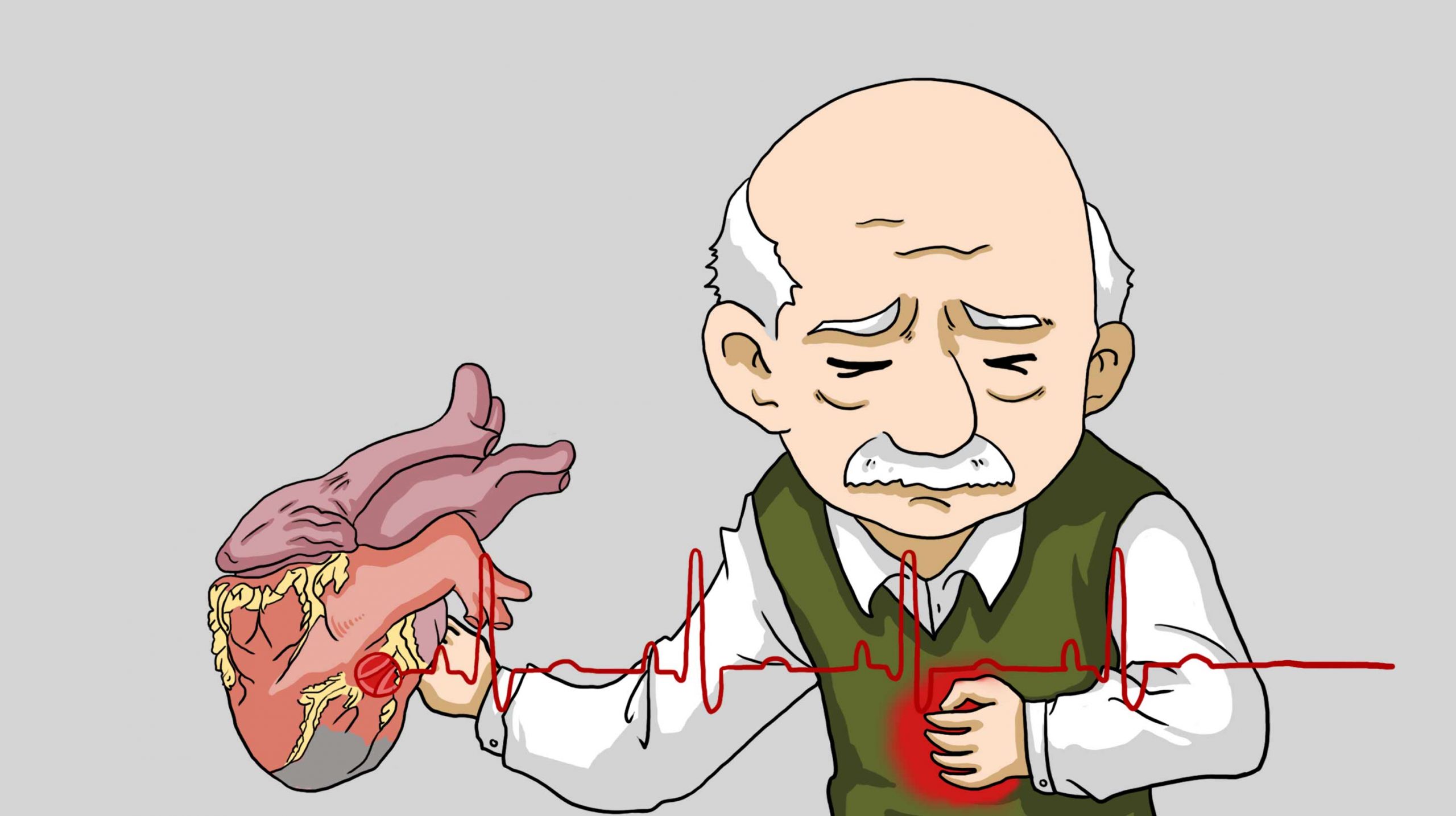How much damage can one CT do to the body? How many times can it cause cancer? The doctor tells the truth

Mr Li, 58, went to the hospital with a cough and the doctor suggested a CT scan of his chest, but as soon as he heard it was a CT, he immediately refused and told the doctor, “It’s been said on the internet that CT radiation is very high, and that doing a CT will eat a lot of rays, and there is a risk of cancer, so I won’t do it!The doctor said that not all patients with coughs necessarily need a chest CT, the main reason being that Mr Li has a long history of smoking and has been coughing for more than three months, and in cases like this, CT is undoubtedly the best option.
In fact, there are many patients like Mr Li who visit the hospital and are advised to have a CT examination, but the only concern is the risk of cancer caused by the radiation.
So, how much damage can a CT do to the body?
The full name of CT is Computed Tomography, which is an electronic computerised tomography scan that uses a precisely collimated beam of X-rays, gamma rays, ultrasound, etc., together with a highly sensitive detector to scan around a part of the body one after another. The CT image is much clearer.
This is why doctors often recommend a CT scan of the chest over a chest X-ray for people who have been smoking for a long time.
In clinical practice, CT examinations are used in a wide range of applications. Doctors may recommend a CT examination of the head when a patient has a dizziness or headache, or a CT examination of the brain to determine intracranial pathologies such as cerebrovascular accidents and brain tumours. CT of the abdomen is also commonly used, and all the large and small organs in the abdomen can be better shown under CT.
In addition, CT can be used for spinal and extremity lesions, and CT angiography can be used to diagnose vascular diseases, making it a universal test.
Compared to X-rays, CT is much clearer and can detect small lesions that are not visible on X-rays, such as early stage lung cancer, which may not show up on X-rays, but can be detected by CT.
For example, early stage lung cancer may not show up on an X-ray, but it can be detected by CT. CT is a little more expensive than a regular X-ray.
However, to get a clearer picture, the radiation dose of CT examinations is also higher, depending on the area scanned, the size of the scan and the exposure time.
For a CT scan of the head, the average dose is 2mSv, which is equivalent to about 100 chest films; for a CT scan of the chest, the average dose is about 7mSv, which is equivalent to 350 chest films; for a CT scan of the abdomen, the average dose is about 8mSv, which is equivalent to 400 chest films; for a CT scan of the spine, the average dose is about 6mSv, which is equivalent to 300 chest films.
Regarding the radiation safety of CT scans, the US Food and Drug Administration (FDA) has an article on its website called “What are the Radiation Risks from CT”. The article mentions that the lifetime risk of cancer in a normal person is 20%, so for every 10 mSv of radiation received from a CT scan, the elevated risk of cancer to the human body is 0.05%, and the risk of cancer from a single CT scan is very small.
In fact, apart from CT, we live in a world where radiation is almost everywhere. The radiation dose received by the average person from the natural environment (e.g. soil, radon gas in the atmosphere, cosmic rays, etc.) is about 3 mSv per year.
Therefore, there is no need to worry about the risk of cancer as long as the radiation dose is within a manageable range.
Based on the American College of Radiology’s recommended maximum cumulative safe dose of 100 mSv of radiation for diagnostic scans over the lifetime of a normal person, an adult can receive approximately 5,000 chest x-rays, 50 head CTs, 66 low-dose chest CTs for physical examinations, 18 chest CTs and 12 abdominal CTs over a lifetime.
For most people, it is not possible to have this many tests in a lifetime.
So the cancer risk associated with CT examinations is not at all a cause for concern for adults who only have an occasional CT examination.
However, if the patient is a child, caution should be exercised when choosing CT examinations as children are more sensitive to radiation and the National Cancer Institute believes that children under the age of 15 who undergo multiple CT scans have a relatively higher chance of developing leukaemia, brain tumours and other cancers 10 years after the first scan.
Should a person opt for a CT scan or not? The most important thing to look at is whether the benefits outweigh the risks. Like Mr Lee at the beginning, a CT scan helps to detect early lung cancer, and if it is lung cancer but is not detected in time, then the consequences are unthinkable if it turns out to be advanced, so the benefits outweigh the risks after assessment.
Another example is a child with a cough that is not very serious and a chest x-ray would be sufficient. It is clearly inappropriate for the doctor to choose CT at this time, and the risks outweigh the benefits for the child, so it is not an option.



